Outstanding potential
According to the Department of Agriculture and Environment of An Giang, since 1975, the agricultural sector in the old An Giang has gradually overcome difficulties and strived to affirm its position in the local economic structure. In each period, the agricultural sector has transformed from a centralized mechanism to "innovation" to move towards integration and development.
From cultivating one rice crop to two concentrated crops in the period of 1975 - 1986, the agricultural sector has aimed to transform from agricultural production thinking to agricultural economics in the period of 2016 - 2025. Along with that is the process of promoting production restructuring towards developing ecological - green - circular agriculture. In 2024, the total rice planting area of the province is about 618,600 hectares, the output is estimated at nearly 4.072 million tons, rice export is estimated at 510,000 tons, equivalent to 295 million USD. Thereby, continuing to affirm the role of the economic "support" of the agricultural sector in the local economic structure.
An Giang is aiming to bring rice to conquer demanding markets in the world. Actively innovating production methods, increasing the application of scientific and technological advances, and comprehensive solutions in rice production in parallel with the issuance of growing area codes, shows the province's efforts in "standardizing" the quality of exported rice. Currently, An Giang province has issued 193 rice growing area codes with a total area of 11,862 hectares, accounting for about 5.6% of the total rice growing area. Of which, 131/193 are export growing area codes, with an area of 7,922 hectares.
Farmers of Tan Thuan Agricultural Cooperative, My Thuan commune cultivate rice according to the 1 million hectare high-quality rice project. Photo: THUY TRANG
In the old Kien Giang area, in recent times, we have focused on exploiting the maximum potential and available strengths to develop the rice industry towards large-scale, modern and sustainable commodity production. Every year, the old province maintains a stable rice cultivation area of about 725,680 hectares, with a total harvested rice output of over 4.7 million tons, ranking first in the country in terms of output. The average yield is 6.5 tons/ha. Of which, specialty, high-quality rice accounts for over 95% of the cultivated area.
In particular, the specialized sector has proactively applied new science and technology, especially digital technology and artificial intelligence, to production. In particular, environmental sensor technology and drones have been used to cultivate over 83% of the cultivated area. Establishing and using an early forecasting system for droughts, floods and extreme events to plan appropriate production. Increasing mechanization in the fields, applying modern farming processes that meet VietGAP, GlobalGAP, SRP, organic standards, etc., has helped improve the province's rice productivity and rice quality, meeting the strict requirements of the international market.
Looking to the future
Merging into An Giang province will open up many opportunities and outstanding advantages for the rice industry, closely linked to the role of ensuring national food security. According to the Department of Agriculture and Environment: “An Giang province will create a concentrated rice production area, the largest in the country, supporting each other economically in the rice value chain. The province's high-quality rice output will then reach more than 9 million tons, helping the locality take the lead in rice exports, making an important contribution to ensuring national food security, and being the "pillar" of the economy."
The new province will be more favorable in building a large and sustainable rice value chain, helping to increase the value and competitiveness of the rice industry. In addition, irrigation infrastructure, logistics, warehouse systems, processing, etc. have conditions for synchronous investment and regional connectivity, improving the efficiency of the rice value chain. The merger of the province is expected to create a great driving force for agricultural development, especially rice production in a sustainable direction and with higher added value.
To effectively exploit the strengths of the rice industry, Vice Chairman of the An Giang Provincial People's Committee Ngo Cong Thuc requested the agricultural sector to focus on developing modern and sustainable agriculture, focusing on improving product quality. Promote the application of technology in the production, processing and preservation of agricultural products, building local agricultural product brands. Actively restructure the agricultural sector in parallel with increasing the application of digital transformation, such as: Using drones, automatic irrigation systems, modern management software. Pay attention to developing green, environmentally friendly agriculture. Focus on converting from fragmented, small-scale agricultural production to concentrated, large-scale commodity production, forming sustainable raw material areas. In particular, continue to research and apply new rice varieties, advanced production processes, modern preservation and processing technology; build sustainable chains between production, processing enterprises and consumption. Make efforts to build the "An Giang Rice" brand, increase promotion and trade promotion. Implement solutions to adapt to and minimize the impact of climate change on rice production, typically the 1 million hectare high-quality rice project...
With the resonance of many strengths and potential for agricultural development, An Giang province (new) does not stop at ensuring national food security, but also aims to become a large-scale, model agricultural center of the Mekong Delta region and the whole country.
THUY TRANG - THANH TIEN
Source: https://baoangiang.com.vn/an-giang-vua-lua-quoc-gia-a423468.html


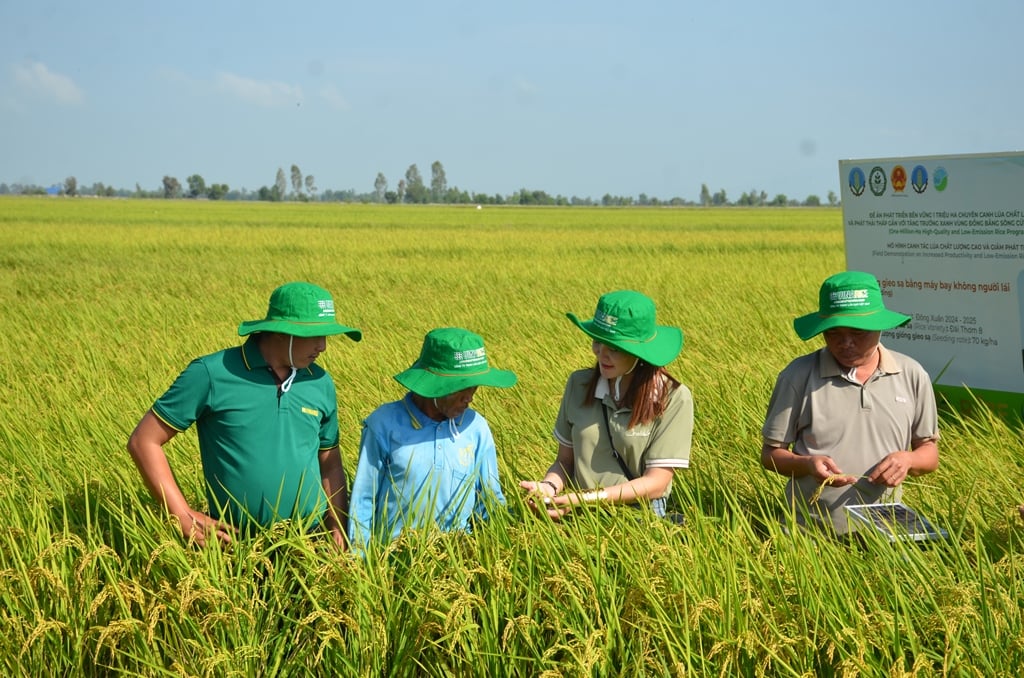
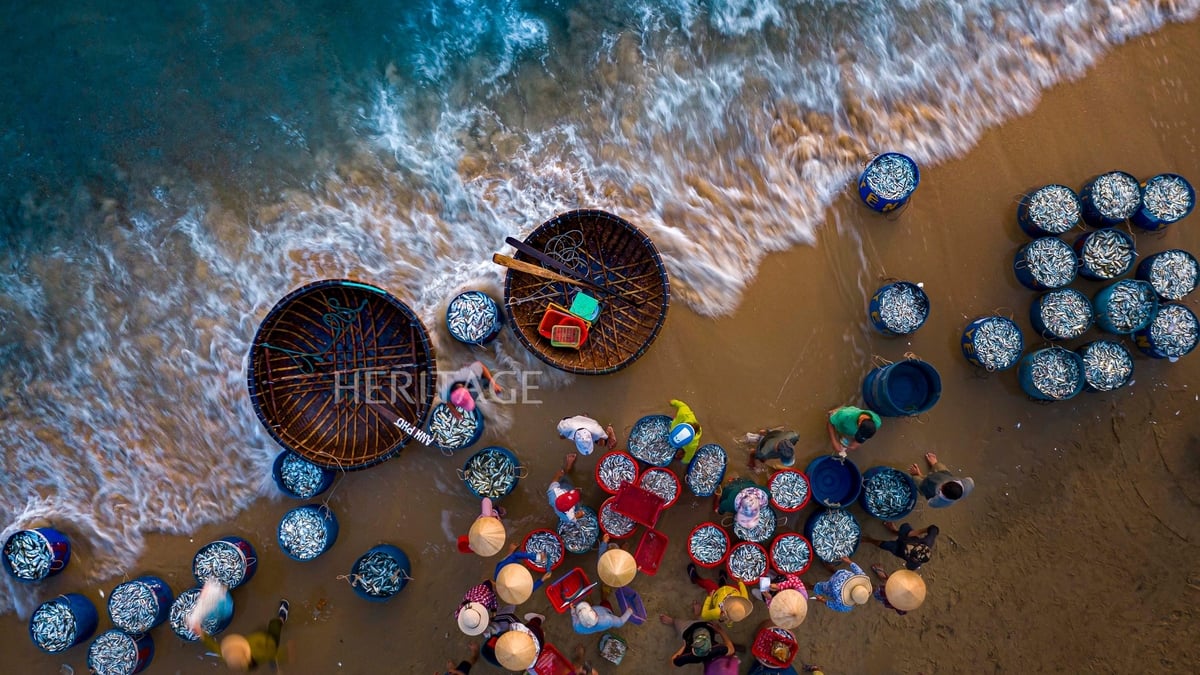



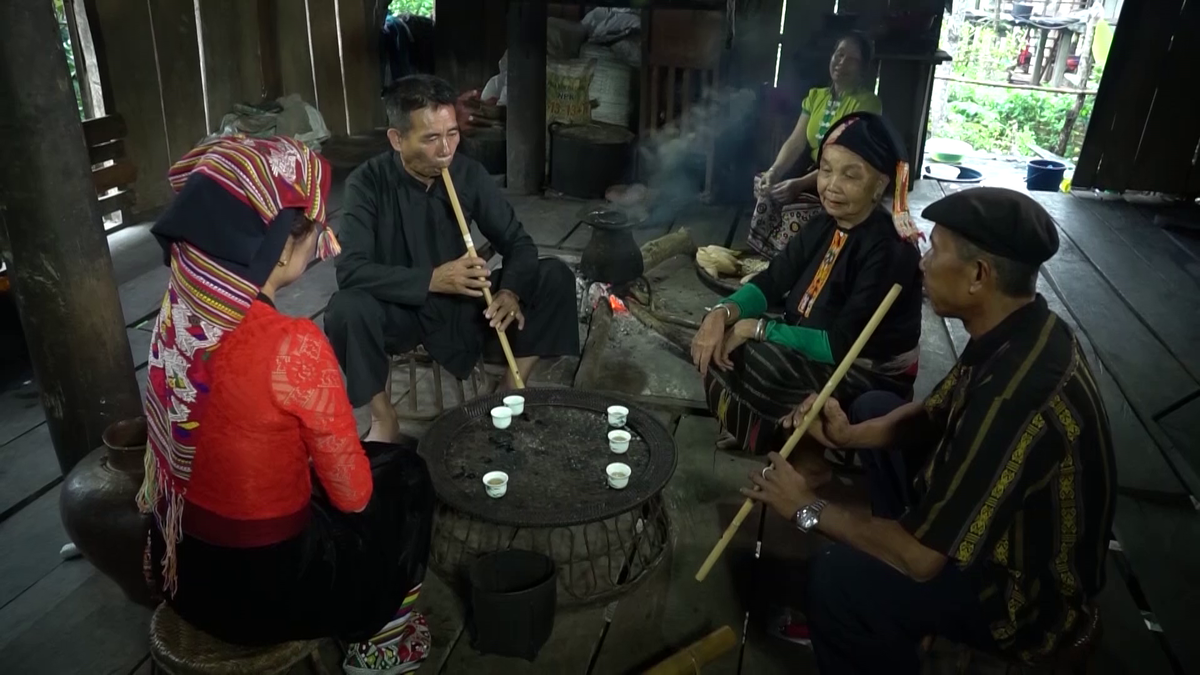
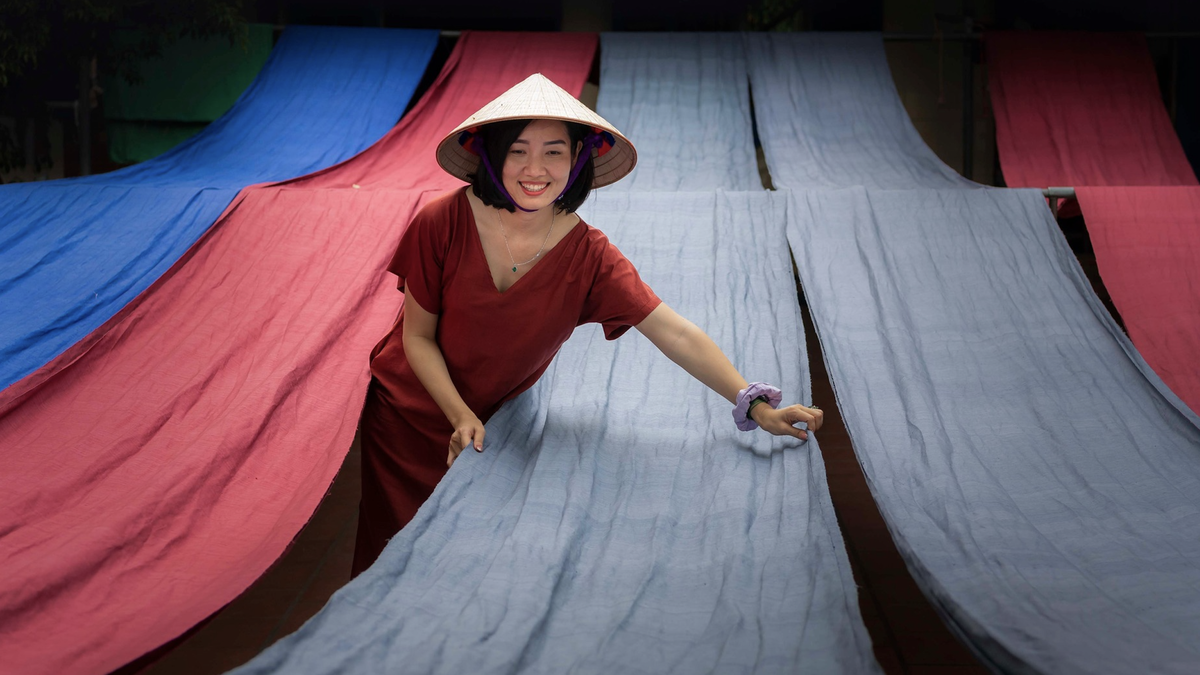
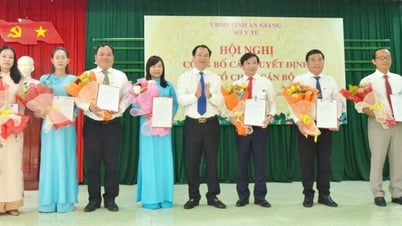
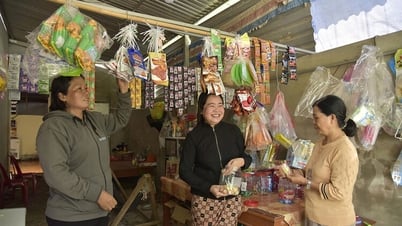

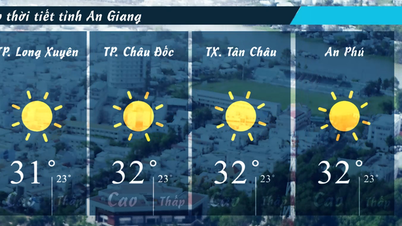
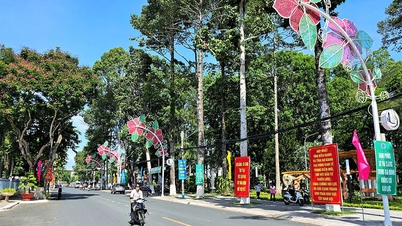
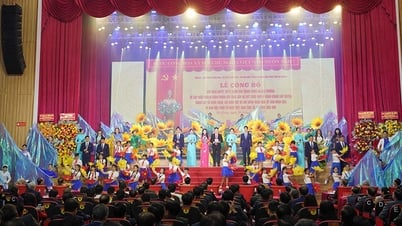
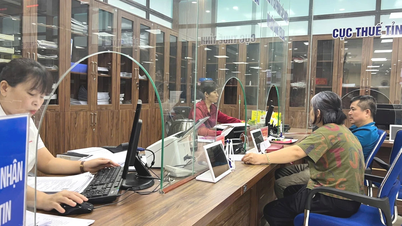

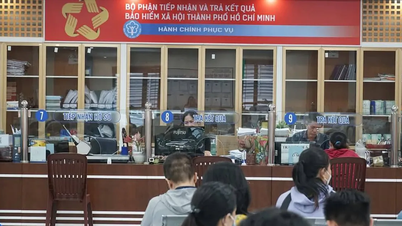



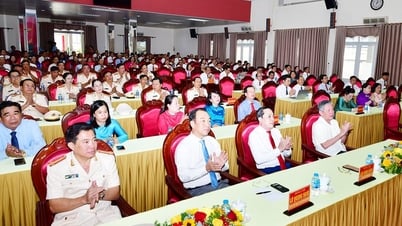

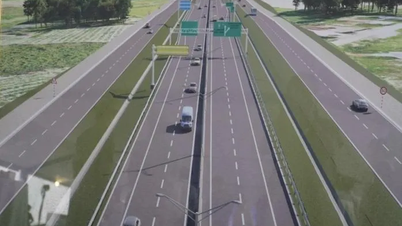
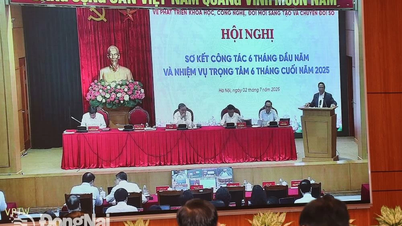





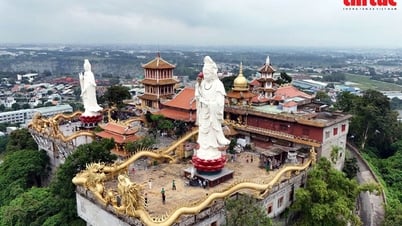

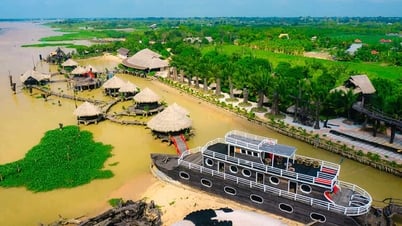
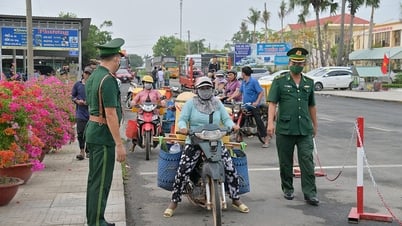
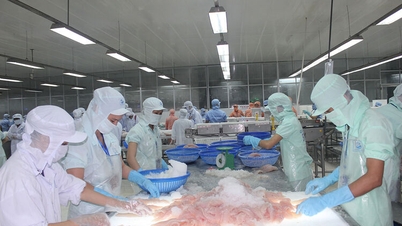
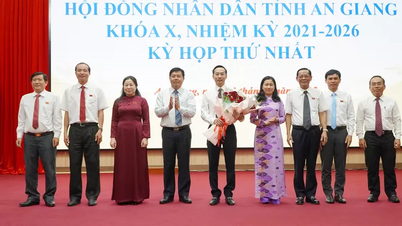
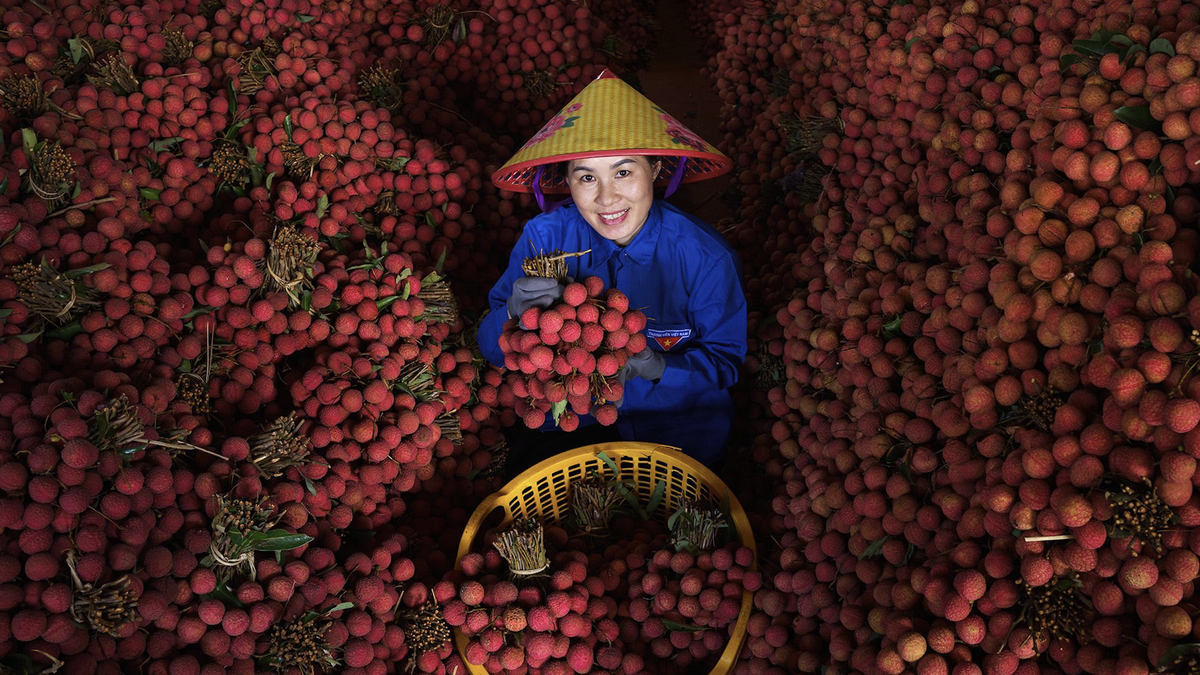
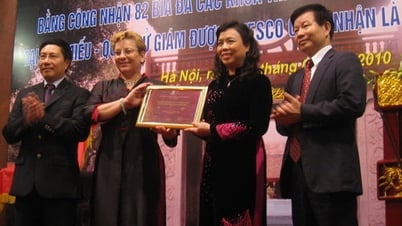



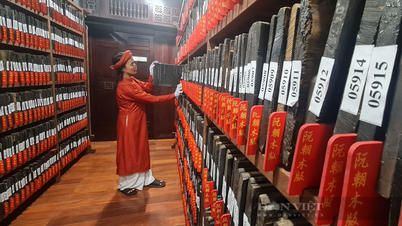



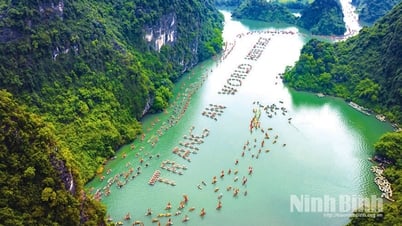

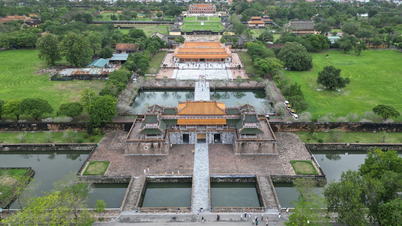

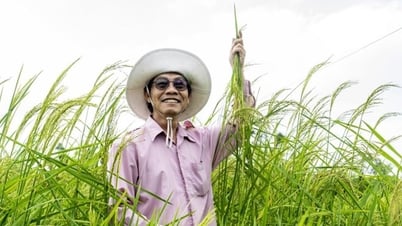

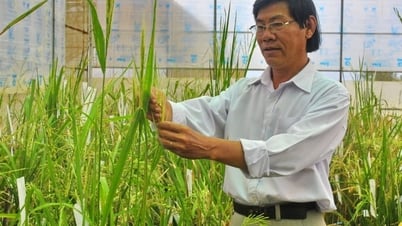
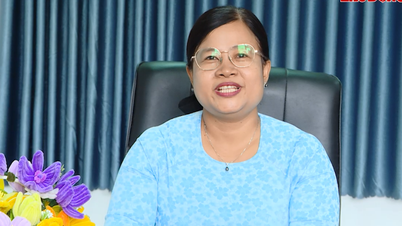
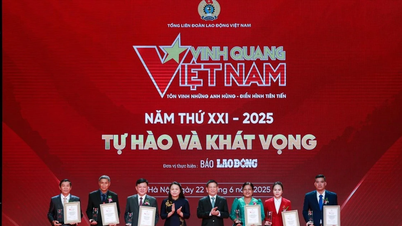

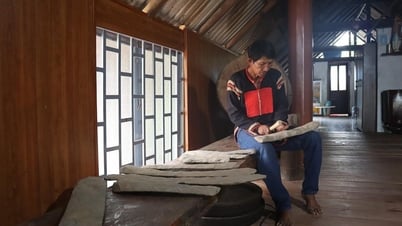

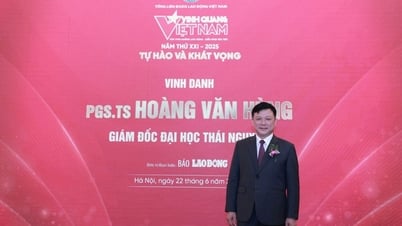

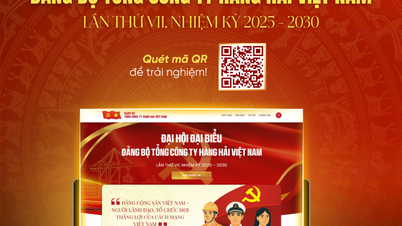

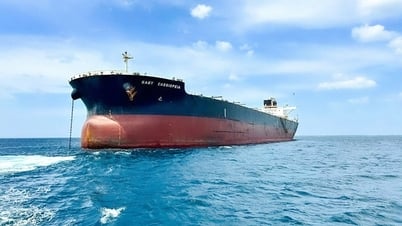
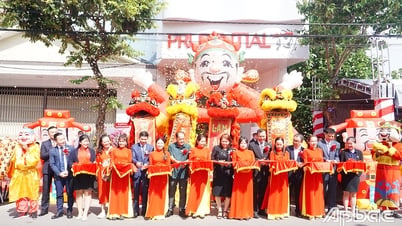



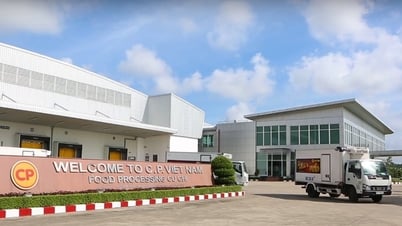



![[Photo] General Secretary To Lam attends the launch of 3 digital platforms serving the implementation of Resolution No. 57-NQ/TW](https://vphoto.vietnam.vn/thumb/402x226/vietnam/resource/IMAGE/2025/7/2/d7fb7a42b2c74ffbb1da1124c24d41d3)


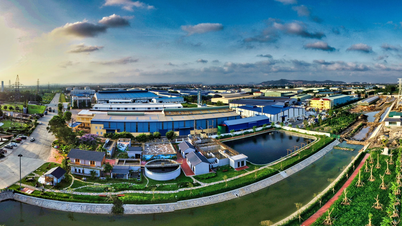

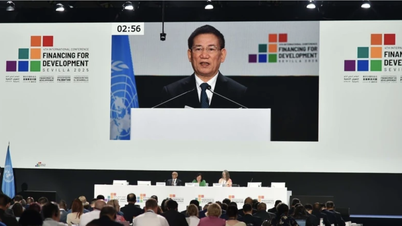

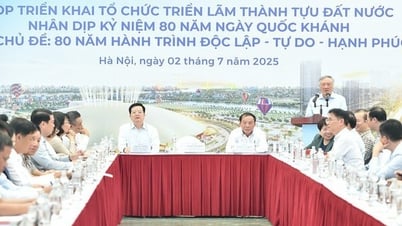
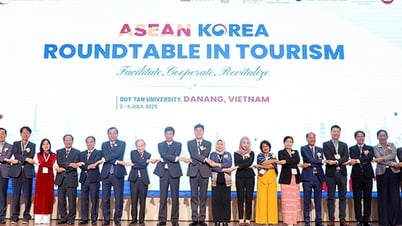
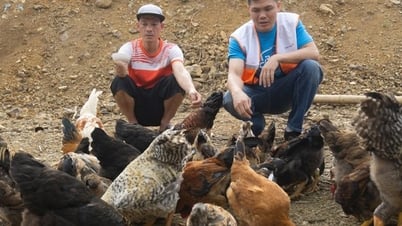
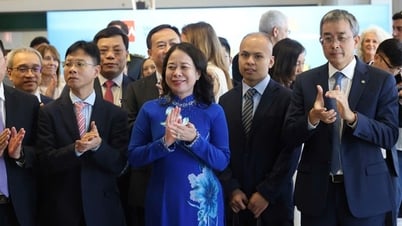


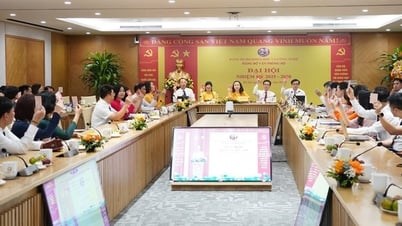

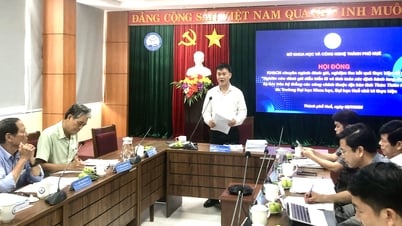

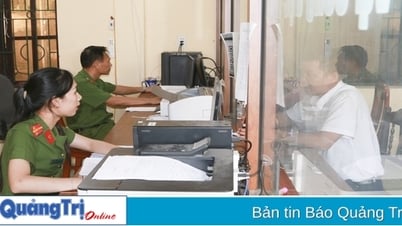

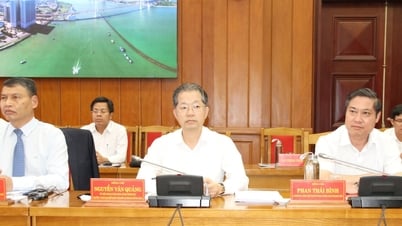
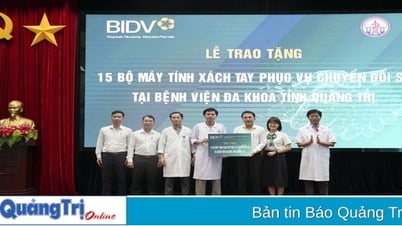
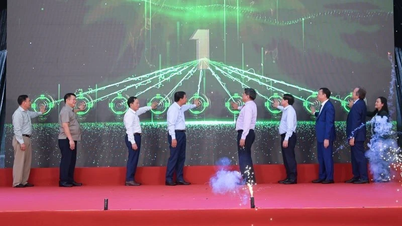
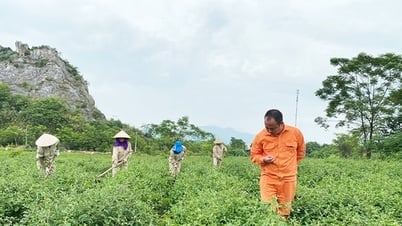









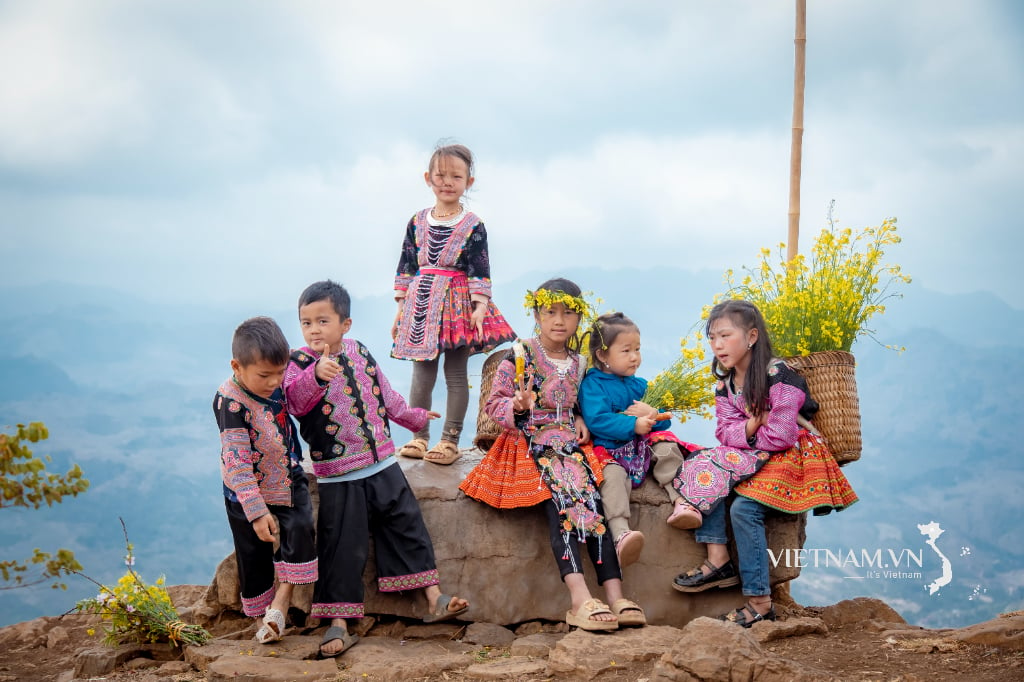

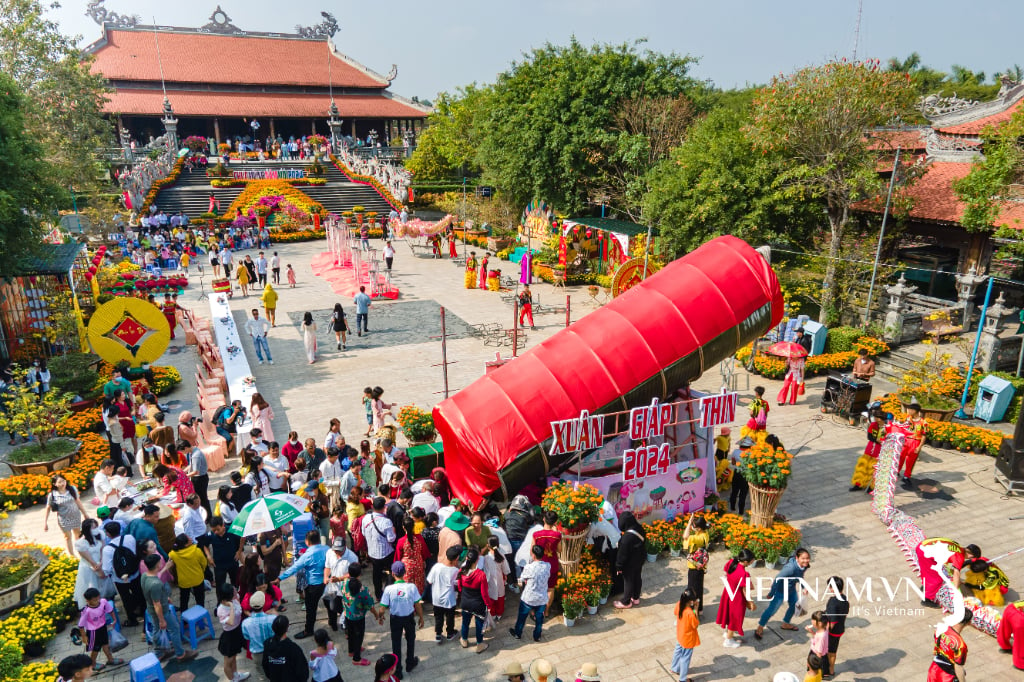

Comment (0)